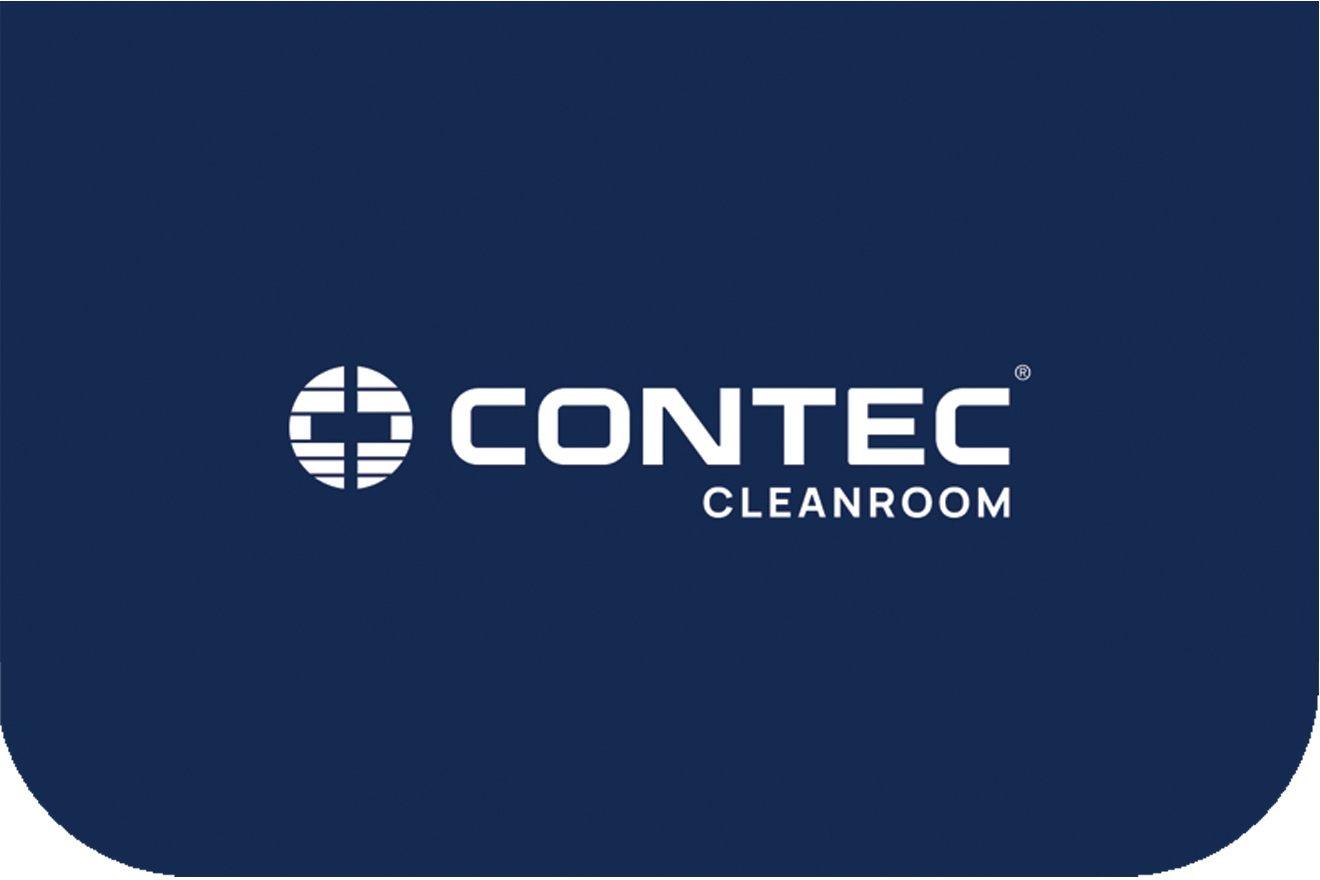Presaturated wipes are an efficient cleaning tool for cleanrooms, but if not used correctly the time and effort of sampling, testing and validating wipes can be wasted. Karen Rossington looks at the science behind effective wiping.
Studies have shown that wiping is the most effective method of cleanroom surface cleaning. Presaturated wipes in particular are highly suitable for capturing and removing particles and dirt, disturbing biofilms and removing residues. The removal of particles is especially key, not only to pick up dirt and particles but also to trap them in the wipe and physically remove them from the cleanroom.
The ability of a wipe to retain and remove a particle or fibre depends on the structure of the wipe and the size of the contaminant. Wetting wipes significantly enhances particle entrapment and removal. Some manufacturers have also developed proprietary surface treatments for the dry wipes that enhance particle removal and retention.

